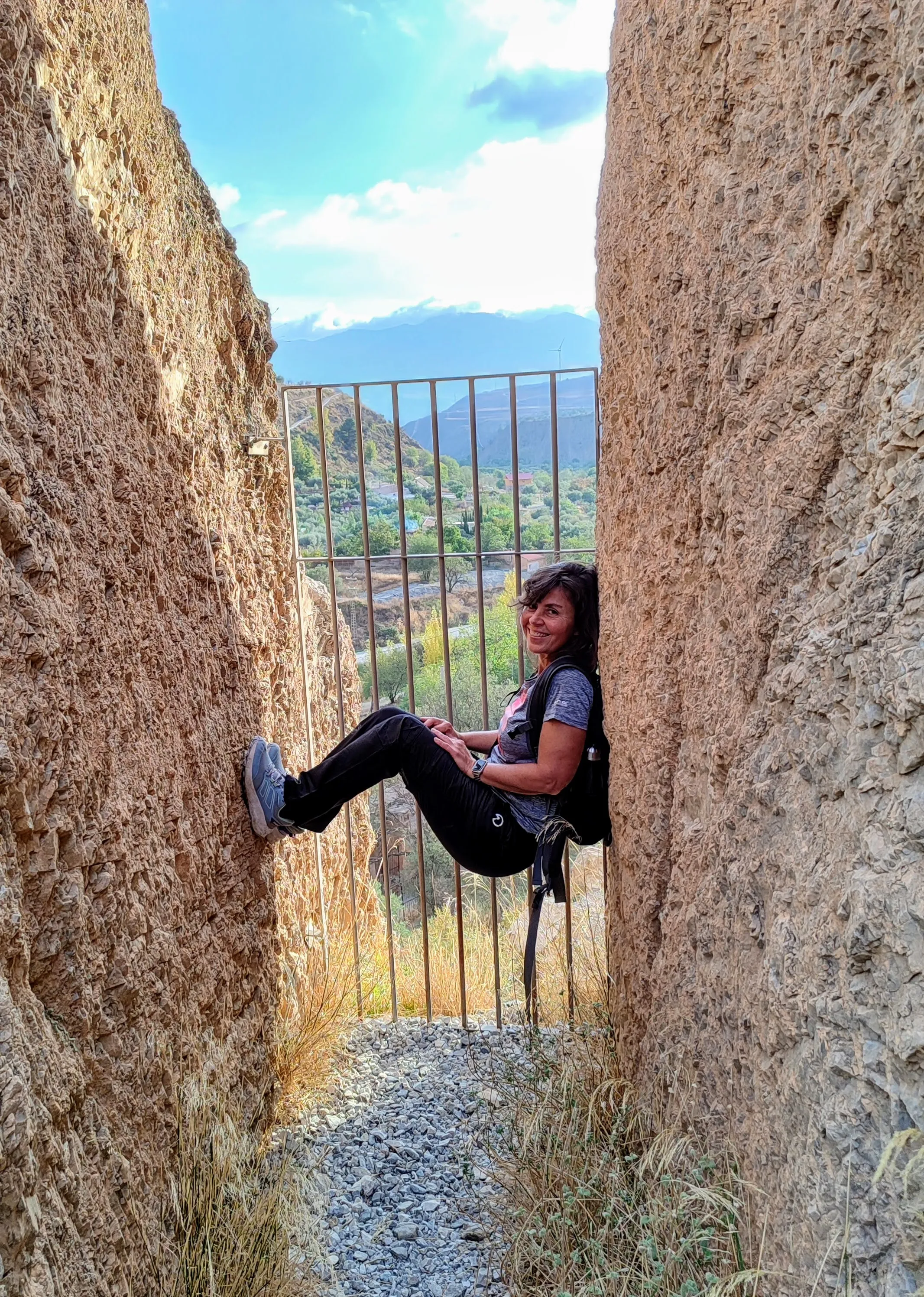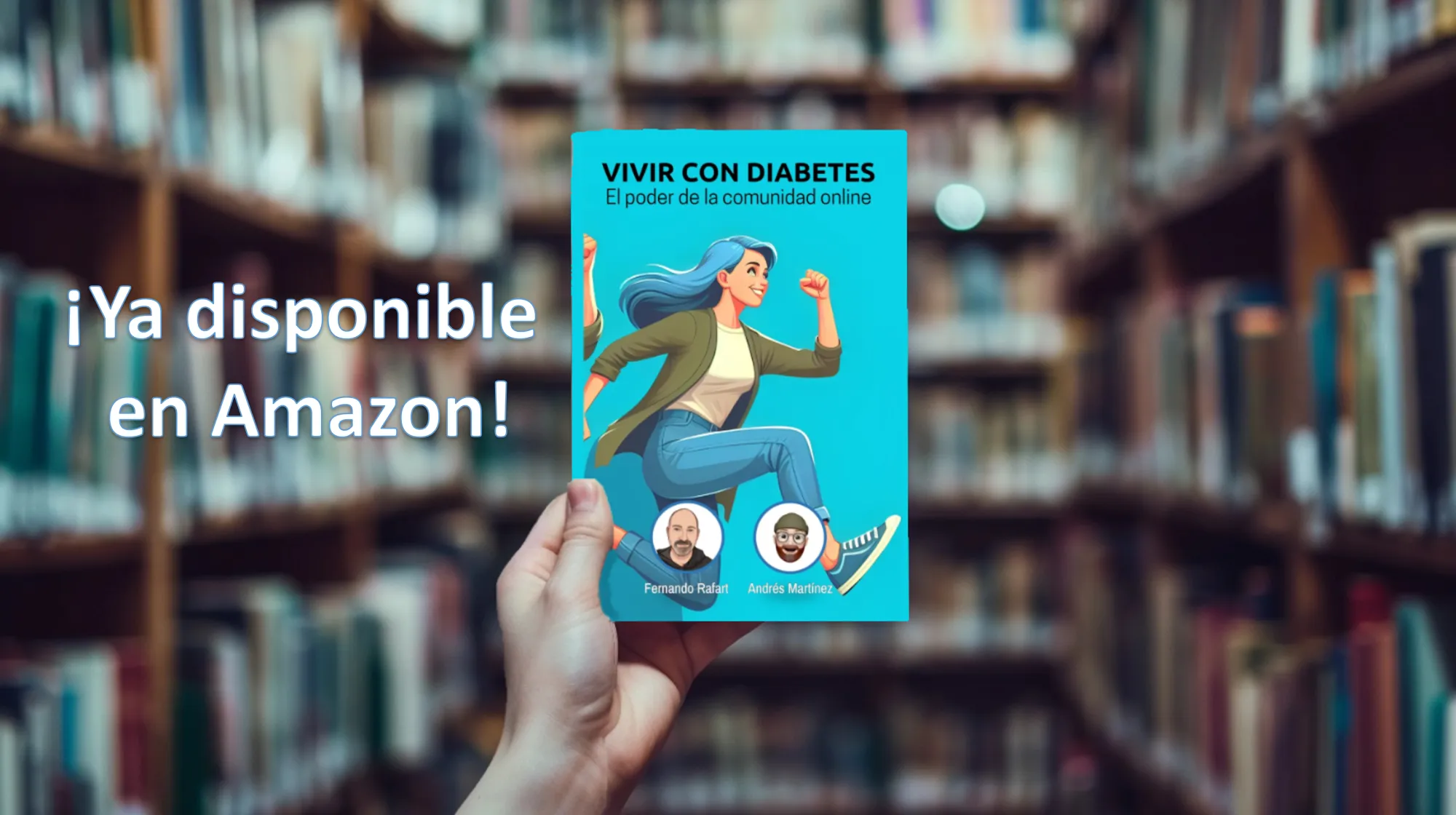Losing weight can be difficult: add type 1 diabetes to the combination with your daily control demands, and it is an even bigger challenge.
Internet is saturated with tips on how to lose weight with or without type 1 diabetes, so it is difficult to know what is worth it and what will simply make you waste your time, or what is worse, which can negatively affect your health.
I am not going to declare war on carbohydrates, or to tell you if you can or cannot take your calories in the form of olive oil, or give yourself a banquet or fast with peppers of Cayena and Arce syrup.
No, the real learning in synthesis of my years of consulting and data analysis shows that a balanced and low insulin diet and nutrition and activity schedules is the best way to lose weight with type 1 diabetes. It also helps you maintain functionsThe brain and body, as well as energy levels.
If you are reading this, you probably have already thought about it a bit and you know why it is important to lose weight or fat, but I maintain that it is the performance!
To render means living a longer or healthier life or if you are an athlete, you can also see how to overcome your competition.
Things that affect weight loss for people with type 1 diabetes
- Quantities and schedules of basal indexes and boluses
- Active insulin
- Change of nutrients and schedules (meal planning)
- Total grease ingestion daily and calories
- Total activity level
- Sleep quality and duration
- Amount of sugar in the diet
- Alcohol consumption
- Stress levels
Why do carbohydrate diets alone do not work
Let's start with our protein hormone insulin (the center of the subject).Insulin is a hormone in the body that allows glucose absorption in cells for energy metabolism and blood sugar balance.(For those who have type 1 diabetes, their bodies do not produce insulin and take insulin supplements through injections or insulin pumps).The highest doses of insulin in the body, whether they have type 1 diabetes or not, will help develop the muscles and help store adipose tissues (also known as fat).
If you have type 1 diabetes this may seem quite obvious, as you increase carbohydrates in your diet, this also causes this variability in blood sugar.Consuming 55 % or more of your total calorie needs of carbohydrates dramatically increases the insulin you should take.
The increase in daily doses and "active insulin" (insulin acting in the body) twenty -four hours a day can make more carbohydrates of the food you eat and glycogen stored in your muscles.These higher levels of insulin throughout the day leave a little time for the body to burn and metabolize.
Keep in mind that insulin tells the body to "store" fat and "burn" glucose or glycogen of the muscles (that absorbs blood sugar).
This situation will not be ideal for the person with type 1 diabetes, nor for active people looking for a thinner body composition.The consumption of carbohydrates, especially before being active, can cause an increase in insulin levels that burns carbohydrates more exclusively and does a mediocre job to get rid of the stored fats that we all have.
Sometimes, a high diet in carbohydrates will provide a lot of energy, however, blood sugar is chopped due to insulin peaks, it also perpetuates a feeling of hunger, due to rapid absorption versus slow.This means that this nutrient alone is not holy remedy.So what is the correct amount of carbohydrates?The human body moves very similar to your car and carbohydrates are the gas tank.Your tank can only contain about 16 gallons (carbohydrates) of gas and try to put 17 gallons to a 16 gallon tank will only increase weight.
The trick is to find the right balance to fill the tank.For people with type 1 diabetes who use a pump or who carry a record of their total daily dose, this analogy of the gas tank is equivalent to the total daily dose of insulin.
That is, the average total daily dose (assuming that the blood sugar level is relatively stable and there is no weight gain) is the basis to know if your body is full to 16 gallons or half that would be 8 gallons (near "emptiness").People who do not have diabetes need to control the total grams of carbohydrates through an application or other monitoring method to do the same.
In my experience with our athletes with type 1 diabetes, it is rare that they once have problems, since most will learn with coaching how to keep a record of their total daily doses and make sure they have enough “gas” in the tank to drivearound the city.Total carbohydrates should rise in the most active days and decrease in the inactive ones, so to speak.
Note: For those who are very active (more than 8 hours per week of activity) carbohydrates can rise even more dramatically and with a greater approach and emphasis on lean proteins (20 to 30 % of daily calorie needs) andmodest amounts of good fats (15 to 25 % of daily calorie needs).
Why do high fats alone do not work
The high diet in fat and carbohydrates has its positive and negative aspects, but as an independent source of nutrients it does not support.These are two great points in favor for this diet strategy:
The lowest insulin levels in general are excellent to balance blood sugar and maintain energy.When you consume mainly fat, these are very slowly absorbed and can take up to 8 hours so that very high fat foods are completely absorbed.During this time, these fats can slow down the absorption of carbohydrates and create a slow drip of energy where the need for insulin is relatively lower.
Increase in metabolism to burn fat due to lower levels of total daily insulin.With a smaller amount of insulin circulating through the body, fat is allowed to burn more easily.Think that the lower the amount of insulin in your system, the greater the contribution to burn fat.
So why not give free rein to fat?
These are two points against even greater for the unique approach of only fat consumption:
Fat has nine calories per gram versus carbohydrates and proteins.If the objective is to lose weight and fat, then total calories should be considered.
This is more than double when things are compared side by side, gram per gram.In addition to having more calories, these are slowly absorbed over time and can have a sustained need for insulin or take effect for many hours.This is true especially if consumed with carbohydrates and faster combustion or absorption proteins.Nobody wins with a diet rich in fat and high in carbohydrates!
High fat diets drowns energy levels.When you consume good fats, due to how slowly they absorb, you may not receive that energy in the blood for many hours.This can let you tired, irritable, yawn and exhausted enoughYou can be so active or that you are not active at all.Using the analogy of the car, it is as if the car only received a small gas injection while driving and stops from time to time.
In addition, fat can quench and mask hunger, which is great, however, at some point the body must receive enough calories and many times this occurs in fast energy when we go hungry and crave sweets and sugar.Not having enough energy from carbohydrates in time leaves you fatigued enough to not be so active and, therefore, do not burn calories as much as you could, which is also critical for weight loss.
Why a balanced diet, low in insulin with nutrition and activity schedules is the best
Since there are positive aspects of both a high diet in carbohydrates and fat high, the appearance of the combination and schedules gathers the best of these two approaches and, in addition, it is improved when the activity is introduced.The key is to use insulin schedules, which are the same as carbohydrate, fat and protein schedules.Insulin has an leveraged effect at various times of our day and especially around the activity.Let's look at an example:
You plan to do an activity early in the morning, be it a walk, a race or a bicycle ride.How much do you eat? What do you eat?
For any activity of less than 60 minutes, it is perfectly good not to eat anything.The reason for this is that your body has a amount of glucose stored (glycogen) that you can access for about an hour.
This means that you do not have to consume carbohydrates immediately to carry out this activity and also means that you will not need insulin before or during that time, which means that you can burn more fat.(Insulin tells the body to store fat and burn carbohydrates, a resource that you already have stored in the muscles).
If in fact you are hungry and you need to eat before the activity, you must consume a small amount of good fats (for example, almonds or sliced avocado) to satisfy yourself to the first meal of the day.Good lean proteins also work well in this way;However, for people with type 1 diabetes, a certain amount of insulin may be necessary, which can make the session to burn fat is less successful.
The key is to exercise a little fasting and with as little food as necessary to satisfy and stay.For people with type 1 diabetes the most important factor to consider before being active is the amount of insulin that is active in the body from the basal index and the Bolus.If there is active insulin, it will be necessary to consume a certain amount of glucose to prevent a low level of blood sugar.Due to the fact that synthetic insulin lasts insulin action from 3.5 to 4.5 hours, food schedule and when you are going to be active, you can take some planning.
When you finish being active, you can already take carbohydrates and proteins into account.Carbohydrates to replace the muscle glycogen that is lost and proteins to balance blood sugars and, repair and develop lean muscles.After the activity you are highly sensitized to insulin and its effects of "absorbing" glucose for use.The amount of insulin that your body needs to absorb glucose before exercise can be 50 % more versus 50 % less (and up to 70 % less) when consumed after exercise.
This is a good sign to try to reduce the total daily dose of floating free insulin and lose fat.At this moment it is also when you will want to reject the fatsGood to give priority to proteins and carbohydrates due to insulin schedule.Outside this recovery window, you can make a transition back to a greater balance of all macronutrients, including good fats.
If the activity is of a very easy nature (defined on an effort scale perceived from 1 to 10, where 10 is a maximum type of effort, less than 3 would be considered very easy) then it is not necessary to have copious amounts of carbohydrates but moreWell, a greater proportion of proteins and some good fats after the activity with only a modest amount of carbohydrates that are slowly burned.(To see an example of nutrient coaching for low to moderate activity, it is still here.).
If you are very active or slightly active, the balanced approach must mix the macronutrients (proteins, fats and carbohydrates) as follows.
Total percentage of daily calorie needs for less active people (30 minutes at 2 hours per week of total activity)
30 to 40 % carbohydrates
Protein 15 to 30 %
Fat 25 to 40 %
Basal: 45 to 50 %
Bolus: 45 to 50 %
Total percentage of daily calorie needs for highly active people (8 hours or more per week of total activity)
Carbohydrates 50 to 60 %
Protein 20 to 30 %
Fat 15 to 30 %
Basal: 40 to 45 %
Bolus: 55 to 60 %
That everything fits in place is not easy, but who said it was going to be?!
Life will occur rapidly and put schedules for insulin and nutrition will be difficult since you will be blocking insulin for many hours of the day with varied meals.
Only practice with repeated steps and planning can make success greater.Ultimately, choosing the balanced strategy of little insulin by means of schedules for nutrients will lead to a longer period for weight loss and with improved blood.







